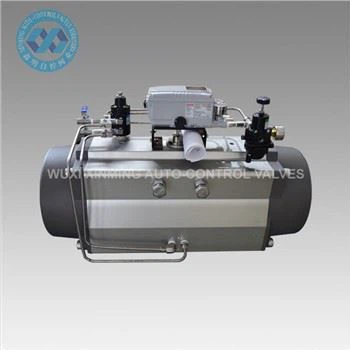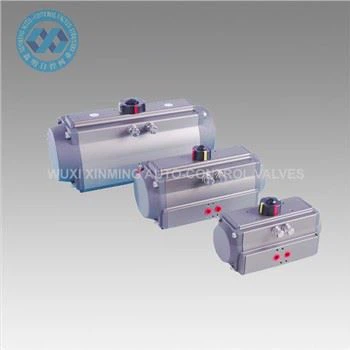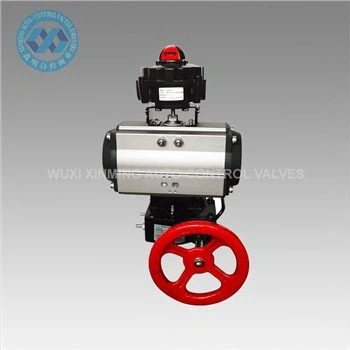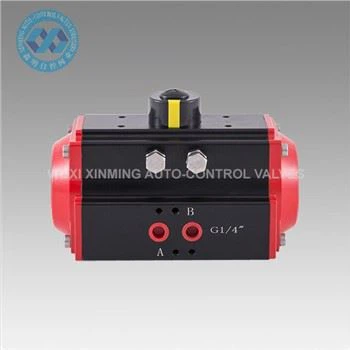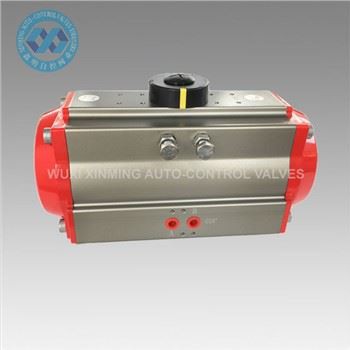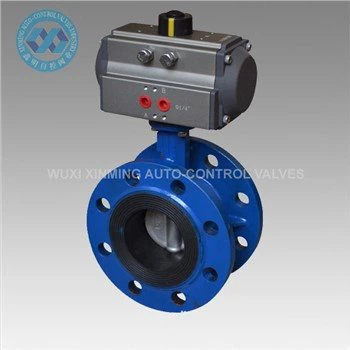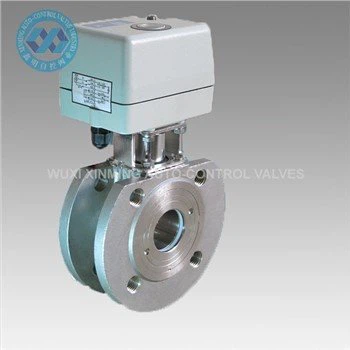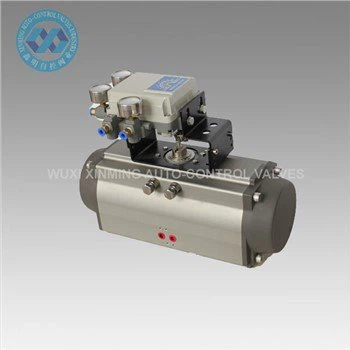Pneumatic actuators are essential components in modern industrial automation and machinery. They convert compressed air energy into mechanical motion, enabling precise control of valves, grippers, and other mechanical systems. Widely used in manufacturing, robotics, and process industries, pneumatic actuators are valued for their reliability, simplicity, and cost-effectiveness. This article explores their working principles, common types, and key components.
1. Working Principles of Pneumatic Actuators
Pneumatic actuators operate on the fundamental principle of pressure differential. When compressed air is introduced into the actuator, it creates a force that moves internal components, generating linear or rotary motion. Here’s a step-by-step breakdown:
- Air Supply: Compressed air (typically 4–7 bar or 60–100 psi) is supplied from a pneumatic system or compressor.
- Pressure Application: Air enters the actuator’s chamber, exerting pressure on a piston, diaphragm, or vane.
- Motion Generation: The pressure differential across the piston/diaphragm creates linear or rotational movement.
- Return Mechanism: In single-acting actuators, a spring returns the piston to its original position when air pressure is released. Double-acting actuators use compressed air to move in both directions.
Key advantages include rapid response times, high force-to-size ratios, and suitability for hazardous environments (no sparks or overheating).
2. Types of Pneumatic Actuators
Pneumatic actuators are categorized based on their motion type and design:
A. Linear Actuators
- Single-Acting: Compressed air moves the piston in one direction; a spring returns it. Ideal for simple on/off applications (e.g., clamping).
- Double-Acting: Air pressure moves the piston in both directions, enabling precise bidirectional control. Common in industrial valves and automation.
B. Rotary Actuators
- Rack-and-Pinion: A piston with a rack gear rotates a pinion gear, producing rotary motion. Used for quarter-turn valve control (e.g., ball valves).
- Vane-Type: Compressed air pushes vanes in a circular chamber, generating torque. Suitable for continuous rotation applications.
- Scotch Yoke: Converts linear piston motion into rotary motion via a slotted yoke mechanism. Offers high torque for heavy-duty valves.
C. Specialty Actuators
- Diaphragm Actuators: Use a flexible diaphragm instead of a piston. Common in pressure control valves.
- Rodless Actuators: Eliminate the piston rod, allowing for compact designs in confined spaces.
3. Key Components of Pneumatic Actuators
Understanding the internal structure of pneumatic actuators is crucial for maintenance and selection:
- Cylinder Body: Houses the piston and contains compressed air. Made of aluminum, stainless steel, or engineered plastics.
- Piston: Converts air pressure into linear motion. Sealed with O-rings to prevent air leakage.
- Piston Rod: Transmits motion to external mechanisms. Often chrome-plated for durability.
- End Caps: Seal the cylinder and include ports for air inlet/outlet.
- Seals and Gaskets: Ensure airtight operation. Common materials include nitrile rubber (NBR) or polytetrafluoroethylene (PTFE).
- Spring (Single-Acting): Provides return force in single-acting designs.
- Position Sensors (Optional): Detect piston position for feedback in automated systems.
4. Applications and Industry Use Cases
Pneumatic actuators are ubiquitous in industries requiring fast, reliable motion control:
- Manufacturing: Operating conveyor belts, assembly line grippers.
- Oil and Gas: Controlling pipeline valves in explosive environments.
- Food and Beverage: Hygienic actuators for packaging and filling systems.
- Automotive: Robotic welding and painting systems.
Conclusion
Pneumatic actuators remain a cornerstone of industrial automation due to their simplicity, safety, and adaptability. By leveraging compressed air, they provide efficient motion control for diverse applications. Engineers and technicians must consider factors like load requirements, operating environment, and cycle rates when selecting the right actuator type. As industries evolve, innovations in materials and smart pneumatics (e.g., IoT-enabled actuators) are enhancing their performance and integration with modern control systems.
This article provides a comprehensive overview of pneumatic actuators while maintaining readability for both technical and non-technical audiences.
If you want to learn more about low-priced products, please visit the following website: www.xm-valveactuator.com


